Mastering Trailing Stop Loss: Understanding, Implementing, and Debunking the Stop Loss | Part 05
In the ever-evolving landscape of financial markets, the mastery of risk management techniques is a hallmark of successful trading. Among the myriad tools available to traders, the manual trailing stop loss stands out as a dynamic and adaptive strategy. This article aims to provide a comprehensive exploration of the manual trailing stop loss, from its fundamental definition to practical implementation, all while navigating the nuanced landscape of the stop loss dilemma.
Stop loss, at its core, is a predefined order strategically placed by a trader to sell a security when it reaches a predetermined price level. The primary objective is clear: to limit potential losses and safeguard capital in the face of unfavorable market movements. Acting as a financial safety net, a stop loss automatically triggers a sell order when the market breaches a specified threshold, offering a proactive risk management approach.
Manual trailing stop loss introduces an intriguing dimension to this risk management strategy. Unlike a static or fixed stop loss, the manual trailing stop allows traders to actively adjust their exit points as the market dynamically evolves. This adaptability empowers traders to respond to changing market conditions, capitalizing on profitable trends or mitigating losses as necessary.
Implementing a manual trailing stop loss involves a delicate balance of strategic decision-making. Traders must judiciously analyze market trends, volatility, and their risk tolerance to determine the optimal adjustment points for their stop losses. The process requires a keen understanding of technical analysis, chart patterns, and the broader economic factors influencing the asset in question.
The reasons for utilizing a stop loss, whether manual or fixed, are multifaceted. First and foremost, stop losses serve as a potent tool for risk mitigation. By setting predefined exit points, traders can control potential losses and protect their capital from significant downturns. Beyond risk control, stop losses provide a valuable means of emotional discipline. With predetermined exit points, traders can sidestep impulsive decision-making driven by fear or greed, fostering a more rational and systematic approach to trading.
However, the efficacy of stop losses is not without debate. The stop loss dilemma revolves around the potential drawbacks and limitations of this risk management strategy. One concern is the whipsaw effect, particularly in volatile markets. Traders may find that stop losses trigger prematurely, leading to a scenario where positions are closed only to witness a reversal in the desired market direction.
Furthermore, critics argue that stop losses can be manipulated by market actors with vested interests, resulting in mass sell-offs and artificial price movements. This raises questions about the susceptibility of stop loss orders to market manipulation and the broader implications for traders relying on this strategy.
For those with a long-term investment horizon, the use of stop losses may be a double-edged sword. While it protects against short-term market fluctuations, it may also lead to premature exits during transient downturns, potentially hindering the realization of long-term gains.
In conclusion, mastering the art of manual trailing stop loss involves a nuanced understanding of market dynamics, technical analysis, and risk tolerance. Traders must weigh the benefits of risk mitigation and emotional discipline against the potential pitfalls, such as the whipsaw effect and susceptibility to market manipulation. Ultimately, the decision to employ a manual trailing stop loss or not hinges on individual preferences, trading objectives, and the broader context of the financial landscape. With careful consideration and strategic implementation, traders can navigate the complexities of the stop loss dilemma and enhance their risk management capabilities in the ever-evolving world of finance.
#TradingStrategies
#RiskManagement
#StopLoss
#FinancialMarkets
#TradingTips
#MarketAnalysis
#InvestingWisdom
#RiskMitigation
#TradersCommunity
#TechnicalAnalysis
#ProfitProtection
#MarketVolatility
#InvestmentStrategy
#MarketDynamics
#TradingPsychology
#CapitalPreservation
#StopLossDilemma
#ManualTrailingStop
#FinancialEducation
#TradeSmart
-
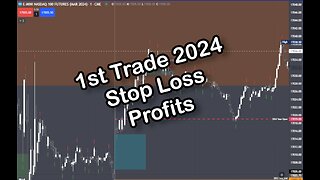 15:56
15:56
SniperTrader
5 months agoUnveiling the Untold Story: How First Trade of 2024 Hit Stop Loss but Resulted in Profits
61 -
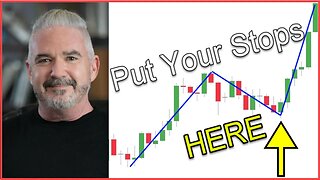 7:53
7:53
Top Dog Trading
9 months agoStop Loss Order
5 -
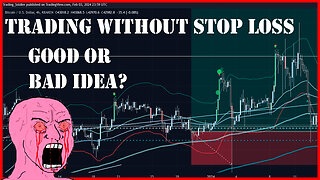 12:16
12:16
Trading_Soldier
3 months agoTrading Without Stop Loss in Crypto - It's a Good or Bad Idea?
29 -
 2:46
2:46
decentralisednews
2 years agoStop-Loss Order (Explained Simply)
-
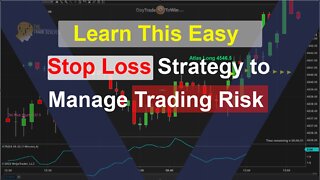 5:19
5:19
DayTradeToWin
2 years agoLearn This Easy Stop Loss Strategy to Manage Trading Risk
6 -
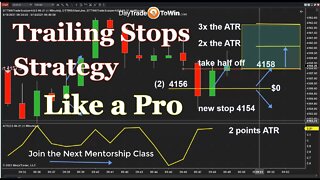 23:49
23:49
DayTradeToWin
2 years agoPrice Action Trailing Stops - Learn How to Trade Any Market Like a Pro✅🤔
15 -
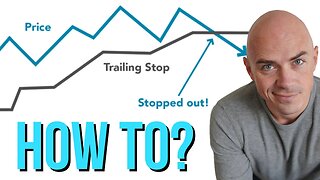 9:39
9:39
The Moving Average
7 months agoTrailing Stop Loss
-
 0:15
0:15
ZachlyTrades
9 months agoStop-Loss Orders Explained #StopLoss #TradingTips #TradingEducation
21 -
 27:02
27:02
ForeseersFx
7 months agoSimple and Effective Stop Loss Strategies for Traders of All Levels
37 -
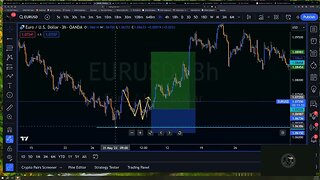 13:12
13:12
Algo Factory
8 months agoTRADING BASICS: STOP LOSS
43